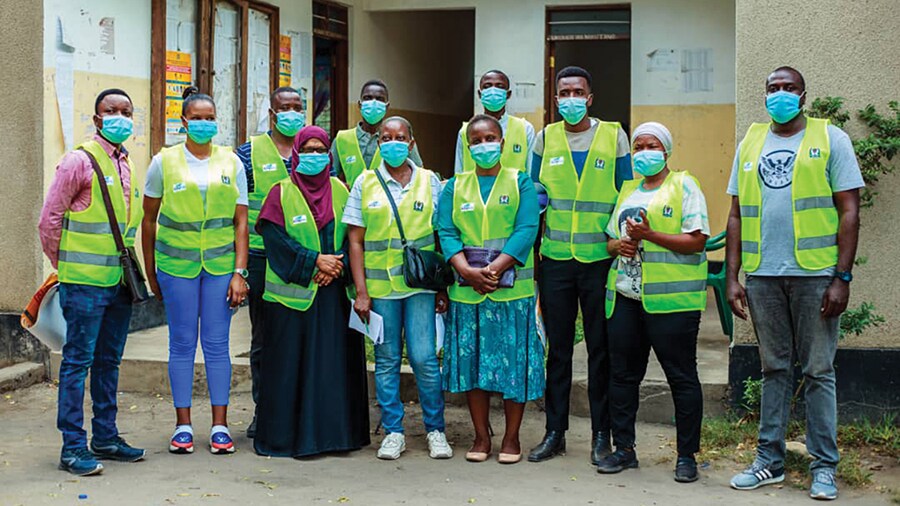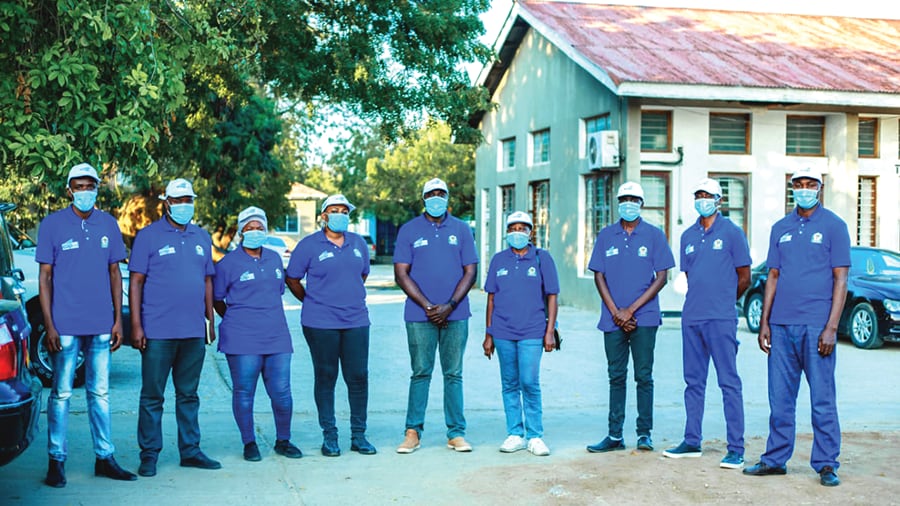Advancing Global Health Security


General
In 2015, Tanzania was selected by the United States Government to received resources under the Global Health Security Agenda (GHSA). Tanzania quickly emerged as a leader in GHSA as it was one of the first countries to conduct a Joint External Evaluation (JEE) and a costed National Action Plan for Health Security to address gaps identified in the JEE.
Tanzania has 54 official borders with eight different countries, including the African Great Lakes region, which makes the country vulnerable to disease outbreaks and epidemic spread. CDC supports Tanzania in strengthening International Health Regulations (IHR 2005) core capacities to comprehensively prevent, rapidly detect, and effectively respond to public health threats. CDC also supports intensified disease surveillance activities, including:
- Upgrade the electronic Integrated Disease Surveillance and Response System
- Development and rollout of electronic event-based surveillance
- Strengthen border health capabilities
- Establishment of regional and national alert management desks
- Enhanced laboratory testing for pathogens like Ebola and COVID-19
- Emergency management systems through national and regional emergency operation centers
- Global health workforce and the national, regional and district level
Workforce Development
In 2008, CDC established the Advanced Field Epidemiology & Laboratory Training Program (TFELTP) in Tanzania, which is a two-year program were graduates receive intensive epidemiological and laboratory training to secure leadership positions at the national government level. In 2016, Tanzania’s FELTP expanded to include three training programs for frontline, intermediate, and advanced residents. TFELTP graduates work to strengthen health systems in disease surveillance, outbreak detection and response, evaluation of health programs and interventions, and provide input to public health programs based on scientific data. In Tanzania, FELTP graduates have worked with national and regional rapid response teams to investigate over 100 outbreaks and disasters, published more than 50 articles in peer-reviewed journals, evaluated more than 150 surveillance systems in country, and presented more than 220 abstracts at scientific conferences. TFELTP staff has served on IHR technical workgroups to assess progress and develop goals and activities for workforce development, surveillance, medical countermeasures, and support Emergency Operations Center. To date, TFELTP has produced more than 8403 graduates with a 99.5% graduation rate across the three programs, ensuring critical epidemiologic skills in all levels of the health care system.
Emergency Management Systems
CDC in collaborated with the World Health Organization (WHO) to help Tanzania establish and activate a fully functional Public Health Emergency Operation Center (PHEOC) in October 2015. Since opening, the PHEOC has coordinated responses to a broad range of public health emergencies ranging from infectious disease outbreaks, including cholera, anthrax, dengue, and aflatoxin, to various disasters.
CDC leveraged additional resources to establish five sub-national EOCs in Dar es Salaam, Kagera, Mwanza, Kigoma, and Zanzibar through procurement of necessary equipment, training, development of standard operating procedures, and establishment of steering committees to manage the EOCs. CDC continues to support the operationalization of the EOCs through the President’s Office – Regional Administration and Local Government. The established EOCs support responses and coordination of various disease outbreaks, including COVID-19 and monitoring HIV indicators.